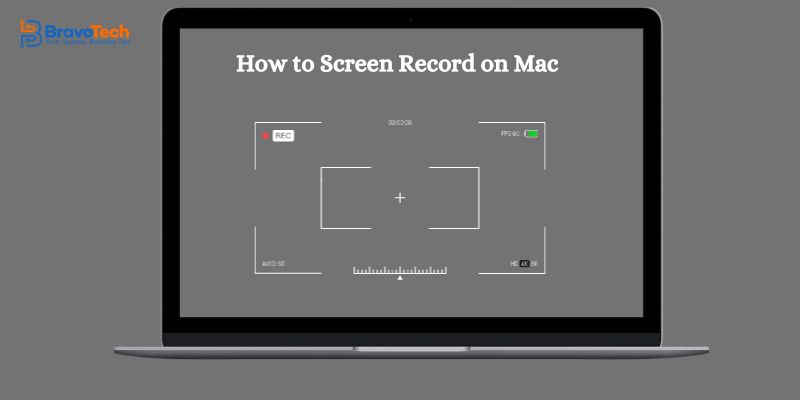Biden Administration publishes request for comment on kids online safety and privacy – Technologist
Background
The RFC is one of the initial steps taken by the Biden-Harris Administration’s Kids Online Health and Safety Task Force, which is led by the Department of Commerce and comprised of representatives from more than 15 federal departments and agencies. The Task Force will “explor[e] ways to assess and address risks and harms to minors online,” consider how to “harness technology for these purposes,” identify best practices, and develop policy recommendations and resources.
Areas of Inquiry
Health, Safety, and Privacy Risks and Potential Benefits
The first set of questions covers potential harms associated with minors’ engagement with social media and other online platforms, including: (1) which design characteristics have the greatest potential for harm; (2) how parents are informed about platform safety; (3) whether harms and risks are currently subject to civil or criminal sanction; (4) any disproportionate impacts based on demographics or other characteristics; (5) whether the harmful factors are inherent in the online offerings or shaped by technical design characteristics, business arrangements, or other contingent factors; and (6) how AI applications impact potential harms. The RFC also asks whether the market structure can be designed or manipulated to exacerbate or alleviate certain harms.
The RFC seeks comment on the benefits minors receive from engagement with social media and other online platforms, including whether all minors have access to current or potential benefits and whether benefits may vary at different times during minors’ development. It asks: (1) whether certain design characteristics, business arrangements, and other contingent factors can enhance benefits; (2) whether the characteristics are inherent to the online offerings; and (3) whether, conversely, there are factors that can impede access to the beneficial aspects of social media and other online platforms.
Finally, the first section asks whether there are ways to include minors in efforts to improve the health and safety of online platforms, and the best examples and best practices for engaging youth in the process.
The Status of Current Practices
The next section of the RFC asks about the practices and technologies currently employed by social media and other online platforms that exert a “significant positive or negative effect on minors’ health, safety, and privacy.” Specific questions include: (1) specific practices or technologies used for assessing, preventing, and mitigating harms and whether they are effective or ineffective or have unintended consequences; (2) whether the trend in platform evolution is toward enhancing or undercutting minors’ health, safety and privacy; (3) what consideration should be given to shifts in norms, business and economic circumstances, legal mandates, scientific and social scientific consensus, and other factors; and (4) the role of dark patterns.
The RFC asks about disproportionate distribution of benefits and harms and how that should be factored into best practices or recommendations. It also asks whether practices differ materially between organizations and platforms.
In considering best practices, the RFC asks which current practices best maximize benefits to minors while minimizing risks or harms, and whether they could be adopted more broadly. It also asks whether there are best practices not being employed by social media and online platforms that could be effective in that context.
Technical Barriers to, and Enablers of, Kids’ Online Health, Safety, and Privacy
The RFC asks whether there are technical design choices currently employed by some platforms or supported by research that should be adopted by other platforms, the best ways to promote adoption of these practices, and the existence of other technical tools and support that could improve minors’ health and safety online. It also asks whether there are technical tools and supports that could help parents, guardians, caregivers, and minor reduce the potential harms and increase the potential benefits of online platforms.
Proposed Guidance and/or Policies
The RFC asks about the appropriate role for the United States government in shaping policy. It seeks comment on what kind of guidance the United States government should provide to parents, guardians, and caregivers, as well as to social media and other online platforms. It asks about the benefits and downsides of the U.S. government offering such guidance, which offices and agencies are best suited to drive policy development, and how the government can ensure its guidance reflects the evolving consensus of experts across relevant fields. The RFC also asks what policy actions either Congress, federal agencies, independent commissions, or other U.S. government entities could take, and what regulatory focus areas would best advance protections for minors.
Unique Needs of Specific Communities
The RFC asks whether and how responses to any of the issues raised might vary for specific demographic or age groups or youths with accessibility requirements.
Reliable Sources of Concrete Information
Th RFC seeks comment on the availability of scientifically sound evidence, including: (1) the best sources for information regarding the relationship between platform providers’ practices and minors’ health, safety, and/or privacy; (2) the most effective ways for platforms to gather and provide useful information and data about online harms; (3) gaps in available scientifically sound evidence; and (4) future areas of research. Finally, the RFC seeks comment options to expand data sharing by platforms.
Authored by Mark Brennan, Ryan Thompson, Sophie Baum, Andrew McCardle, Harsimar Dhanoa, and Ambia Harper.



